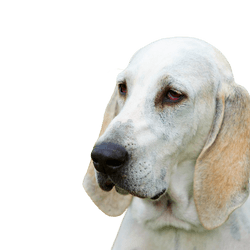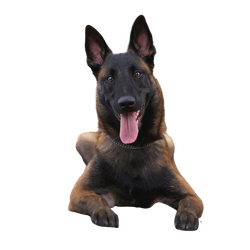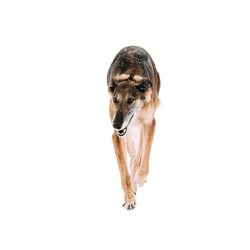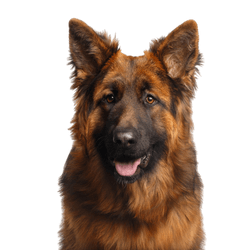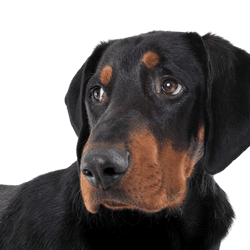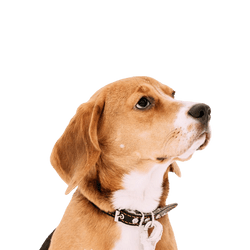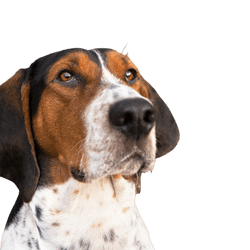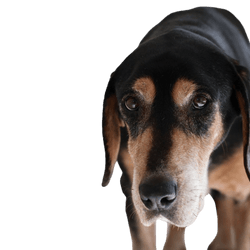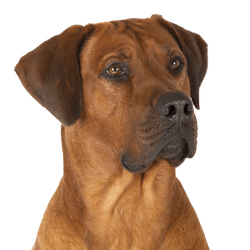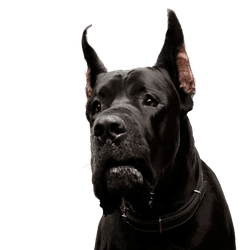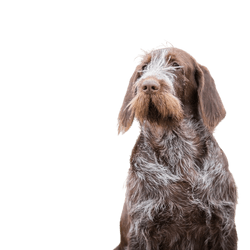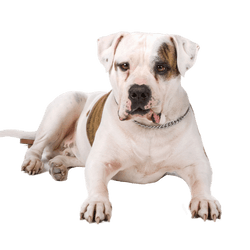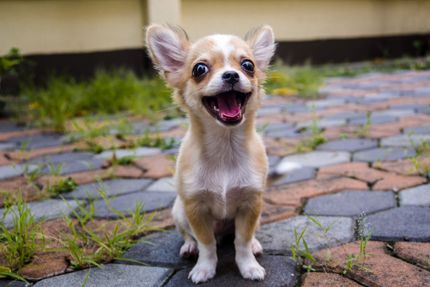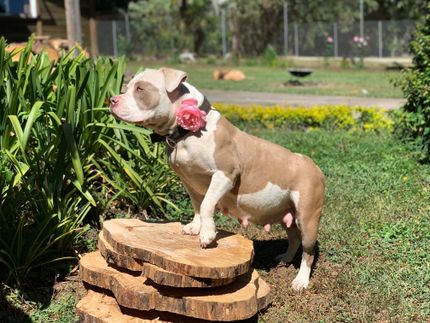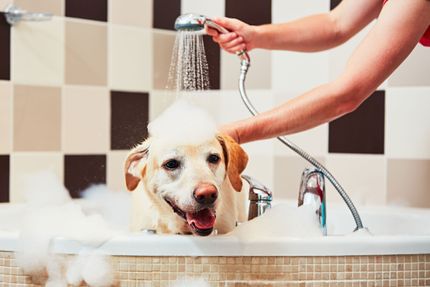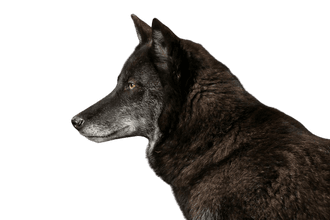
Timberwolf Breed description: Character & Co
Timberwolf
Facts & Origin
Wolves are fascinating animals. Their social life in a pack, the mysterious look, the adaptability and intelligence arouse interest and sometimes shyness. The Timber Wolf is one of the larger wolf species.
What are the breed characteristics of the Timber Wolf?
The Timberwolf is called Canis lycaon in Latin. It originates from southeastern Canada, but can be found over large parts of Canada and also the USA. The animals from Canada tend to be the larger ones. Because it is very rare, it is a protected species.
The Timberwolf has the yellow eyes typical for wolves. Its ears are erect and rather large. It has a strong set of teeth with wide grinders.
The head of the Timberwolf is rather broad.
At about two years of age, the Timberwolf becomes sexually mature.
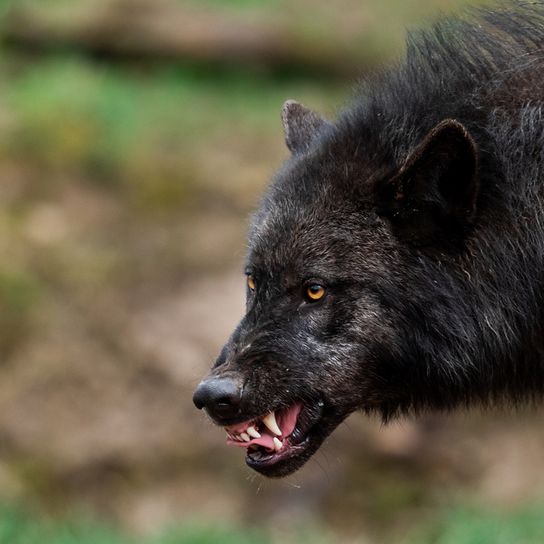
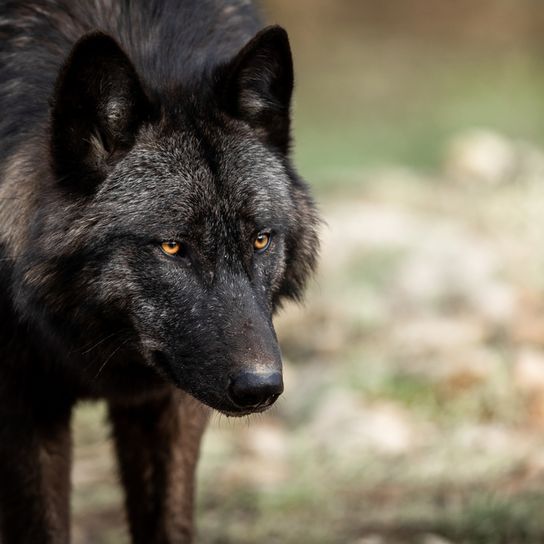
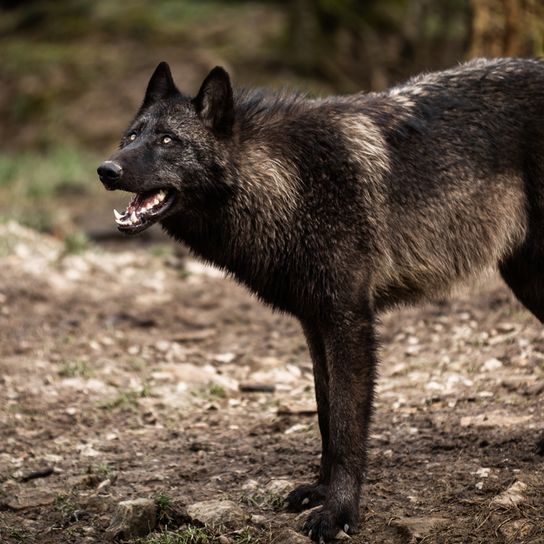
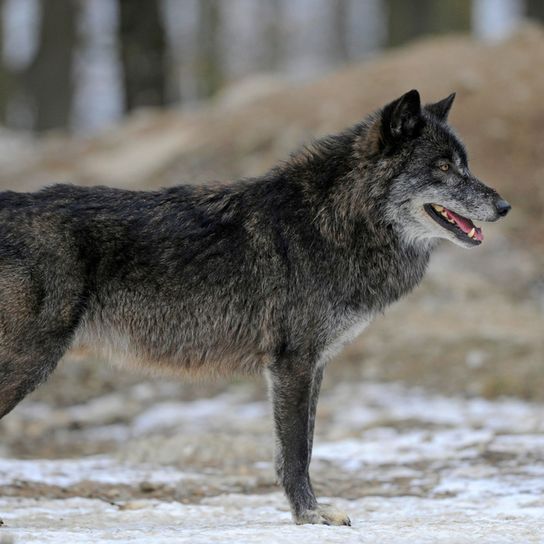
| Alternate Name | Eastern Wolf, Great Lakes Wolf, Algonquin Wolf, Timber Wolf, Wolf |
| Origin | USA |
| Life expectancy | 10 - 20 years |
| Care requirements | high-maintenance |
| Activity level | high |
| FCI group | not recognised |
| AKC group | not recognised |
| KC group | not recognised |
Attitude, character and temperament of the breed
What are typical character traits of the Timberwolf?
Timberwolves never live alone, but in packs. These consist of about five to fifteen animals; occasionally there are also much larger packs. Within the pack there is a certain structure. The pack is often led by a female.
The animals are carnivores and hunt small to medium-sized prey. In some areas they follow the caribou herds. However, they also eat berries and the like as a snack. During the hunt the whole pack is present.
When rushing prey, Timberwolves can reach speeds of up to 60 mph.
Like all wolves, the Timberwolf has a great desire for freedom and a shyness towards humans. Unlike a dog, a wolf does not specifically communicate with humans, but rather avoids them.
Wolves howl regularly in the pack, which presumably strengthens the social bond.
In addition, he needs, to feel comfortable and safe, necessarily a pack.
Character
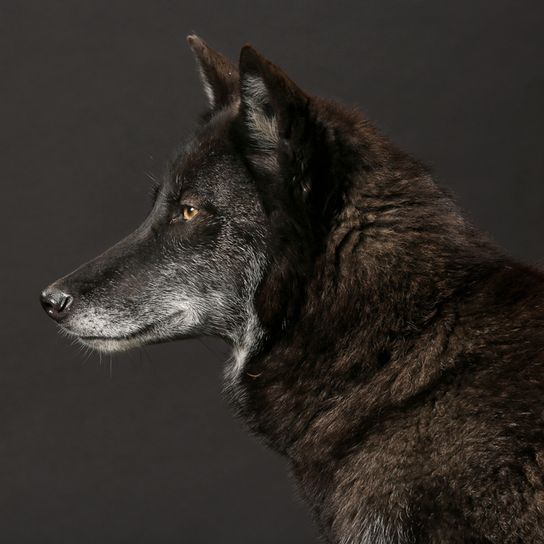

Health and breeding information
What are typical diseases of Timberwolves?
Timberwolves are robust and hardly susceptible to disease. They travel long distances during the day in the wild and have no problems with low temperatures or wet weather.
What should be considered when keeping Timberwolves?
Timberwolves are wild animals. Keeping them is prohibited for private individuals in many countries (for example, Germany) or is subject to strict regulations. Even a wolf raised by humans will not become as tame as a dog, which has adapted to humans for many generations in communication and also in its needs, for example concerning food.
Keeping a pack animal like a Timber Wolf individually is also questionable.
Who nevertheless wants to acquire a Timberwolf, should first inquire about the legal requirements and then at least become an expert in wolf keeping.


Appearance and coat of the Timberwolf
Like other wolves, the Timberwolf has a two-layered coat of awn hairs and undercoat. The somewhat rough, long awn hairs influence the color of the coat. The undercoat serves as insulation and is thinner in summer and denser in winter.
The coat appears rather bushy, thus it insulates well against environmental and weather influences such as cold, wetness and wind.
The colour of the fur can be very different, from white over grey mottled variants up to black. Often it has a slight beige or cinnamon touch. In puppies the coat is black. It only gets lighter with time.
How big does the Timberwolf grow?
The Timberwolf stands with its size approximately between the wolf Canis Lupus and the coyote. It reaches a length without tail of 140 cm. This is a medium size for a wolf, but well above most dogs. Male wolves are slightly heavier and also larger than females.
How much does a Timberwolf weigh?
The Timberwolf reaches a weight of fifty to 80 kg.
How old does a Timberwolf live?
In the wild a Timberwolf reaches an age of fifteen years, in the zoo twenty year old wolves have also occurred.
| Fur length | medium |
| Fur | - |
| Ear shape | Standing Ears |
| Tail | fanned out |
| Anatomy | rugged, massive |
| Size ♀ | 60 - 85 cm |
| Weight ♀ | 35 - 75 kg |
| Size ♂ | 70 - 90 cm |
| Weight ♂ | 40 - 80 kg |
| Suitable For | - |
Colors

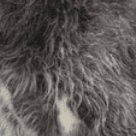




Other large dogs
Useful Articles
You can find articles that might interest you in the dogbible blog to match your favorite breed.
Visit our magazineto stay up to date on dog trends.
To find out more, view our Privacy Policy
Find here the breed that suits you and find out what character traits it has. Here you can also learn more about the origin, size and weight of your favorite breeds.
Matching your favorite breed, you'll find articles that might interest you on the dogbible dog blog.
Kong filling - recipes for really tasty Kong fillings
Designer dogs - These "breeds" are particularly popular and originated from two different breeds
Vacation in the Salzkammergut with dog



